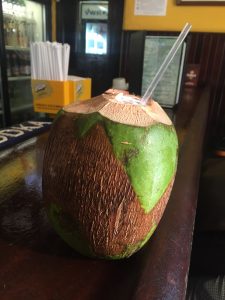Type 1 Thursday – How to Low Carb with T1D
Join me for another episode of Type 1 Thursday – ahead of our diabetes. by The Low Carb Universe even in June!
Today, we’re talking about how to get started with low carb as a T1D. There are different methods that work for different people. Listen in and learn more:
What was your biggest take away from this episode? Let me know in a comment below!














